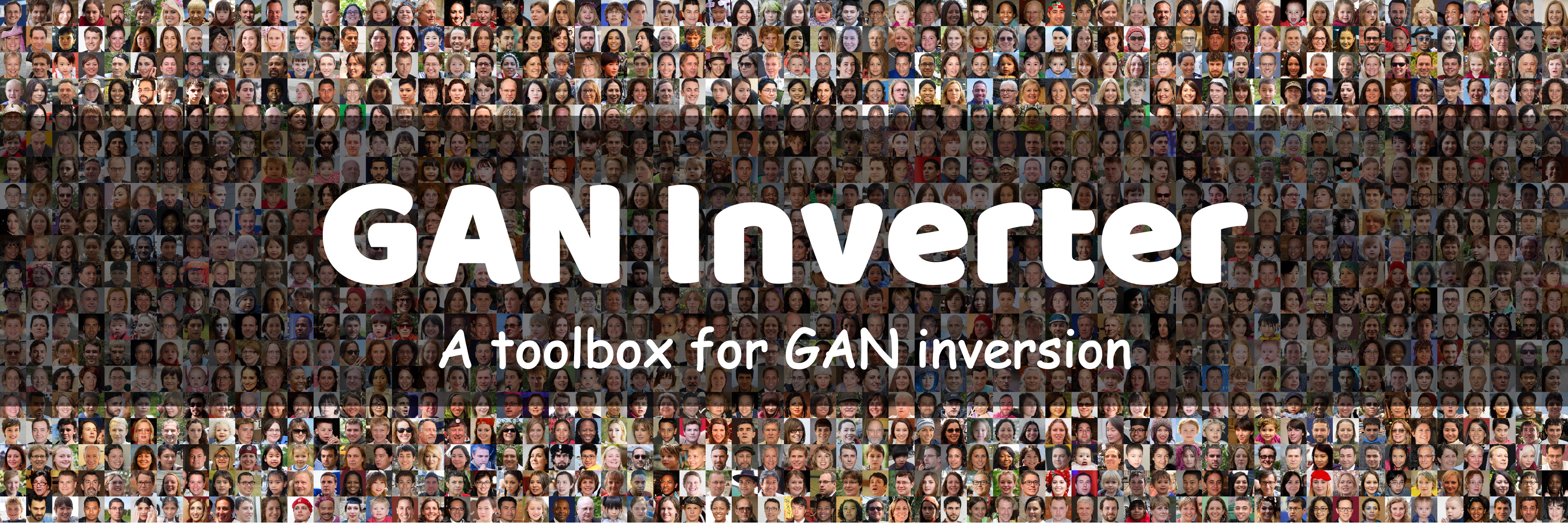LSAP: Rethinking Inversion Fidelity, Perception and Editability in GAN Latent Space
As the methods evolve, inversion is mainly divided into two steps. The first step is Image Embedding, in which an encoder or optimization process embeds images to get the corresponding latent codes. Afterward, the second step aims to refine the inversion and editing results, which we named Result Refinement. Although the second step significantly improves fidelity, perception and editability are almost unchanged, deeply dependent on inverse latent codes attained in the first step. Therefore, a crucial problem is gaining the latent codes with better perception and editability while retaining the reconstruction fidelity. In this work, we first point out that these two characteristics are related to the degree of alignment (or disalignment) of the inverse codes with the synthetic distribution. Then, we propose Latent Space Alignment Inversion Paradigm (LSAP), which consists of evaluation metric and solution for this problem. Specifically, we introduce Normalized Style Space ($\mathcal{S^N}$ space) and $\mathcal{S^N}$ Cosine Distance (SNCD) to measure disalignment of inversion methods. Since our proposed SNCD is differentiable, it can be optimized in both encoder-based and optimization-based embedding methods to conduct a uniform solution. Extensive experiments in various domains demonstrate that SNCD effectively reflects perception and editability, and our alignment paradigm archives the state-of-the-art in both two steps. Code is available on https://github.com/caopulan/GANInverter/tree/main/configs/lsap.
PDF Abstract
